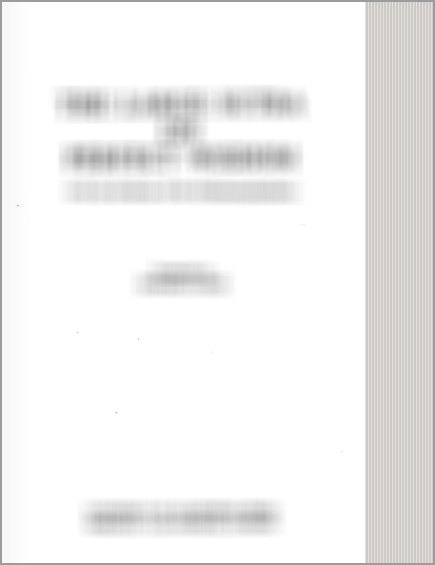Kingship in early Medieval India
by Sudip Narayan Maitra | 2015 | 67,940 words
This thesis is called: Kingship in early Medieval India: A comparative study of the Cholas and the Eastern Gangas. It represents a detailed empirical study of “kingship and polity” of two broad deltaic alluvial stretch of land on the “eastern coast”, namely ‘Mahanadi’ and ‘Kaveri’ delta. These were among the main centers of political and cultural a...
Part 14 - The Mahanadi Delta and the Gangas (introduction)
Like the other medieval ruling lineages the dynasties in Mahanadi delta region were also monarchical in character. The kingship was strictly hereditary and by primogeniture the eldest son through his chief queen succeded to the throne.
Imperial Ganga rule was no exception of that practice. Unlike the Bhaumakaras, the other senior administrative officials or the subordinate rulers were never take important role in the succession procedure during the Eastern Ganga rule. Another noteworthy feature of the imperial Ganga rule was generally their succession remained peaceful, unlike the Bhaumakaras, and the Somavamsis. Ganga Queens also never get involved in the administration unlike the Bhaumakaras. But the queens of Anantavarman-Codagangadeva found involved in religious ceremonies and in temple festivals.
